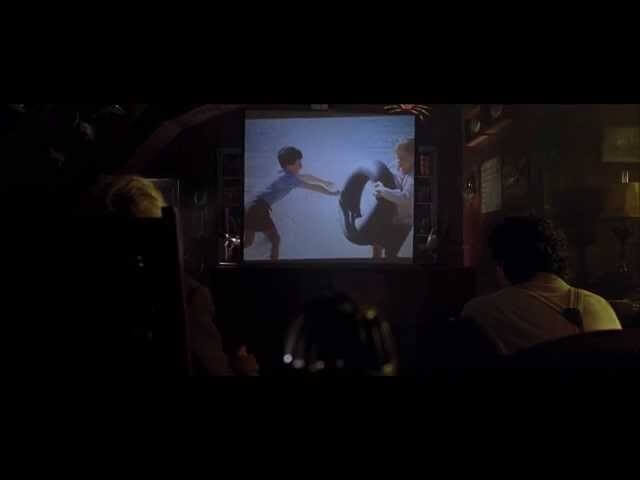The sci-fi noir Dark City pulls from cinema’s past and anticipates its future

Every day, Watch This offers staff recommendations inspired by a new movie coming out that week. This week: In honor of the late Roger Ebert, whose life and career is celebrated in the new documentary Life Itself, we’re recommending a few films the critic loved and championed.
Dark City (1998)
Roger Ebert was a consistent champion of filmmaker Alex Proyas, writing positive appraisals of everything from 1994’s The Crow to 2009’s Knowing (with an understandable dip in enthusiasm for I, Robot). But the critic’s admiration for the director peaked with Dark City, which Ebert named the best film of 1998, nimbly sidestepping the Shakespeare In Love versus Saving Private Ryan debate. Though it has plenty of comic-book touches, included at a time when comics adaptations weren’t yet in vogue, Dark City derives much of its power from the visual language of noir, extending it into the realm of fantasy. The film’s setting, an unnamed city in permanent nightfall, shifts and twists along with its plot.
John Murdoch (Rufus Sewell), if that is his real name, wakes up in a hotel bathtub with an estranged wife, no memories, and with both cops and pale-faced creeps on his trail. The latter—the floating, whispery, teeth-clicking strangers—have a greater plan in mind for the city’s residents. The film’s screenplay, credited to Proyas, Lem Dobbs, and David Goyer, has plenty of clever tricks, and nearly as much exposition, usually delivered breathlessly by a mysterious doctor (Kiefer Sutherland). The plot explanations persist even in the more thoughtful director’s cut, which runs about 10 minutes longer. But in both versions, Proyas dresses the storytelling up with such splendor that the dialogue is beside the point—as it would be in a dream.
The dreamlike imagery renders the film’s transitions between a hermetically sealed noir world and a Metropolis-like underground lair surprisingly fluid. With its shifting architectural styles, confusing subway lines, and constant echoes of the past, Dark City evokes a nightmare of city life; Murdoch always seems to be uncovering new crevices and hallways as he searches for answers. Much of the movie hinges on the unreliability of memories. “How do you think I could forget a thing like that?” muses Inspector Bumstead (William Hurt) when he can’t quite recall the details of what should be one of his defining characteristics. Moments like these lend the film poignancy while also serving as a critique (intentional or not) of boilerplate cinematic backstory.
Dark City steeps itself in film history. It’s at once referential to its many influences, prescient in the way it anticipates the similarly themed The Matrix (which came out a year later), and subtly influential (at least two other movies imitate Proyas’ shot of Jennifer Connelly standing wistfully on a dock). Proyas’ career has proved hit and miss, but Dark City justifies any critic’s devotion.
(Read Ebert’s take here.)
Availability: Dark City is available, complete with a Roger Ebert commentary track, on Blu-ray (which includes both the theatrical and director’s cuts) and DVD, which can be obtained from Netflix. It’s also available to rent or purchase through the major digital services.